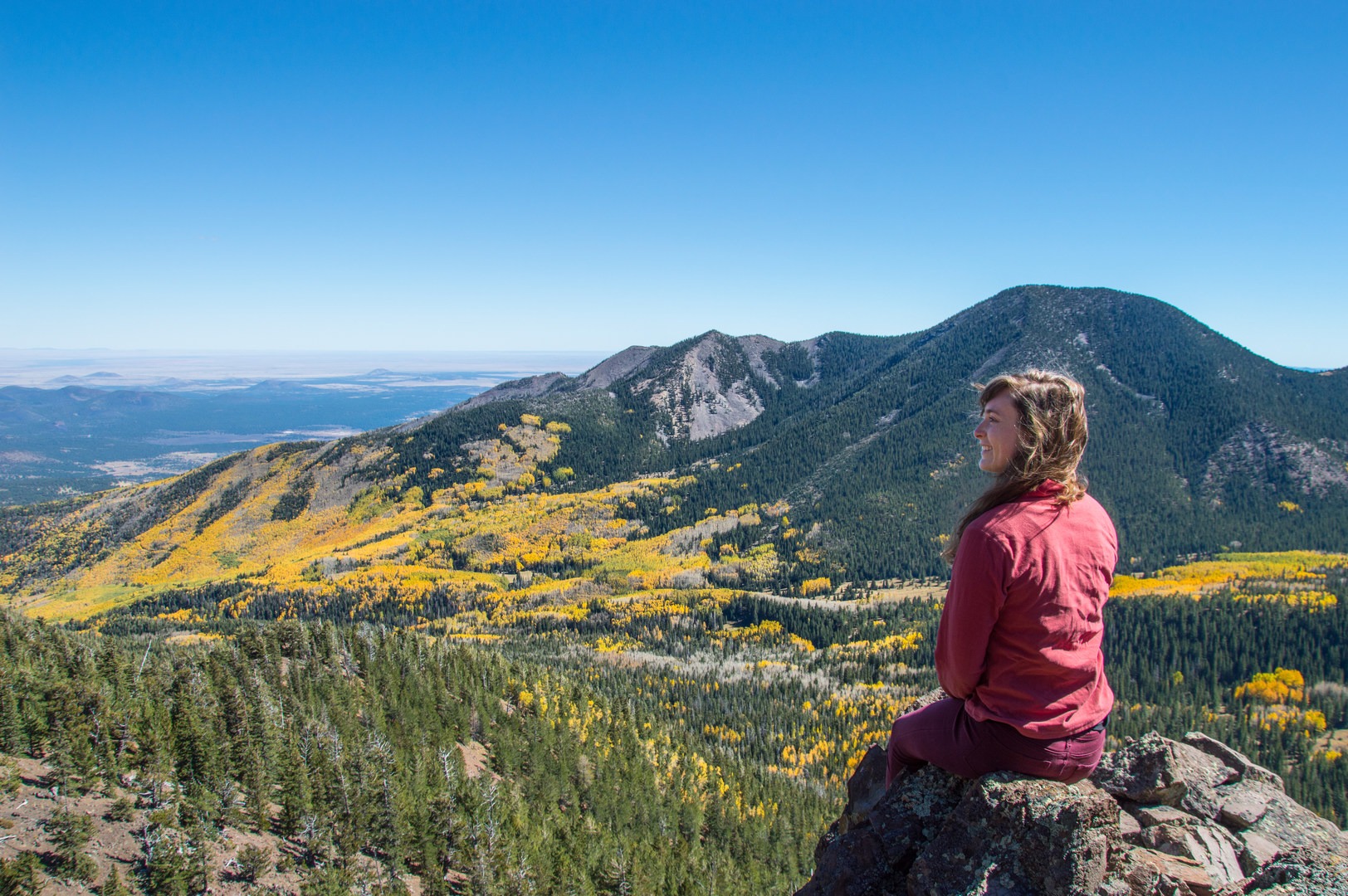You are here
Please respect the outdoors by practicing Leave No Trace. Learn more about how to apply the principles of Leave No Trace on your next outdoor adventure here.
Superstition Mountains Area, Mesa, Arizona
Sandy beach: Yes
Cliff jumping: No
Hike-in Required: No
Sensitive Habitat: No
Cliff jumping: No
Hike-in Required: No
Sensitive Habitat: No
Colorado River Grand Canyon, Arizona
Reservations possible?: Yes
RV Hookups: No
Potable water: Yes
RV Hookups: No
Potable water: Yes
Grand Canyon National Park
Pets allowed: Not Allowed
Elevation Gain: -4,800.00 ft (-1,463.04 m)
Trail type: There-and-back
Distance: 7.00 mi (11.27 km)
Elevation Gain: -4,800.00 ft (-1,463.04 m)
Trail type: There-and-back
Distance: 7.00 mi (11.27 km)
Superstition Mountains Area, Mesa, Arizona
Pets allowed: Allowed
Guided tours: No
Backcountry camping: No
Lodging: No
Guided tours: No
Backcountry camping: No
Lodging: No
San Francisco Peaks, Arizona
Pets allowed: Allowed
Elevation Gain: 1,300.00 ft (396.24 m)
Trail type: There-and-back
Distance: 5.00 mi (8.05 km)
Elevation Gain: 1,300.00 ft (396.24 m)
Trail type: There-and-back
Distance: 5.00 mi (8.05 km)
Grand Canyon National Park
Pets allowed: Not Allowed
Elevation Gain: 69.00 ft (21.03 m)
Trail type: There-and-back
Distance: 4.20 mi (6.76 km)
Elevation Gain: 69.00 ft (21.03 m)
Trail type: There-and-back
Distance: 4.20 mi (6.76 km)
Sedona
Alpine climbing NCCS rating: Grade V
Elevation Gain: 650.00 ft (198.12 m)
Distance: 4.00 mi (6.44 km)
Elevation Gain: 650.00 ft (198.12 m)
Distance: 4.00 mi (6.44 km)













Comments
Sign In and share them.